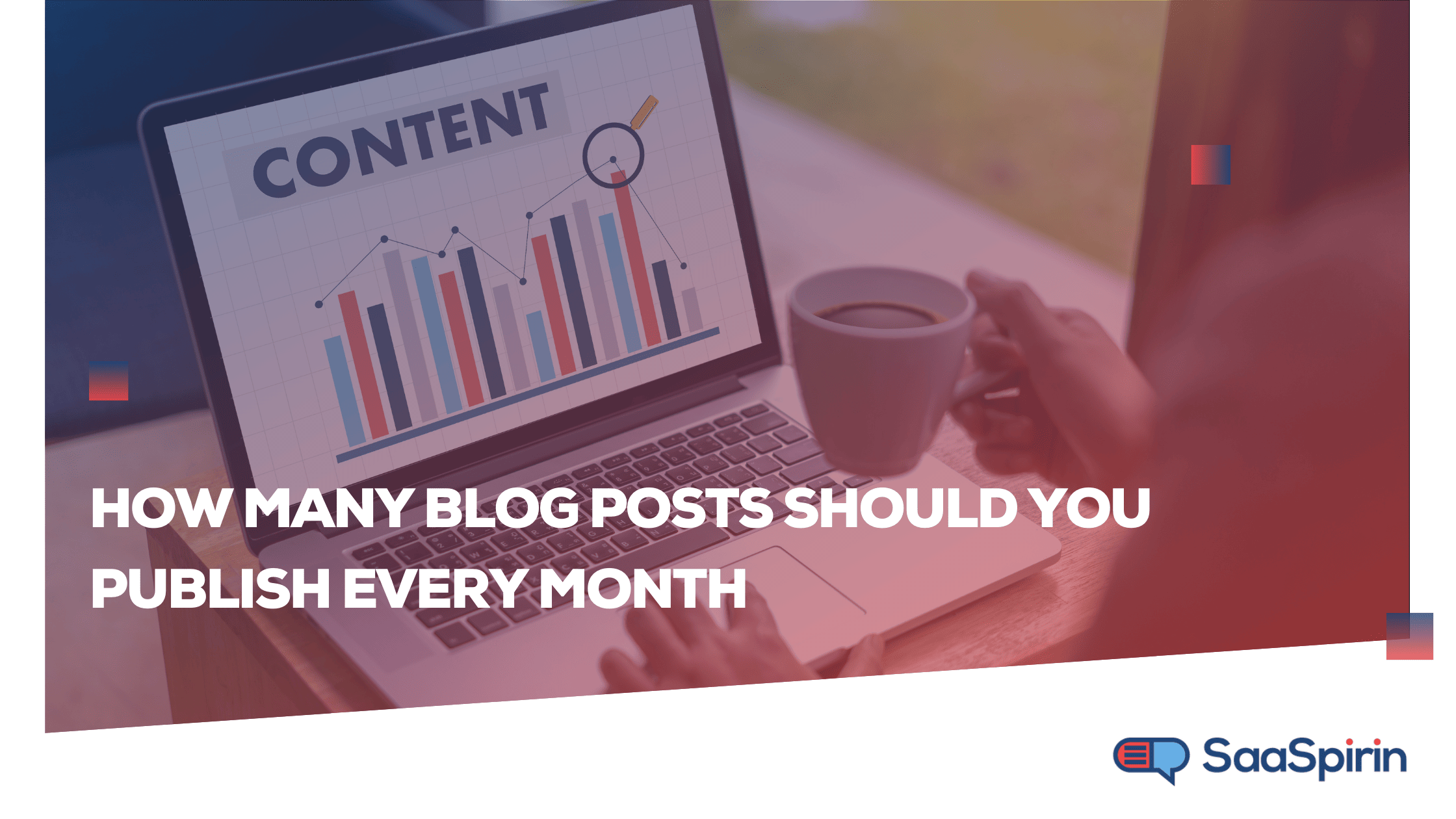4 Things You Should Be Doing to Vet Your Blog Post Ideas
By Nicolas Jacobeus on September 9, 2021

So you’ve started a blog for your SaaS company.
You know your blog is a powerful marketing machine and you’ve got a gazillion blog post ideas swirling through your head.
But how do you vet your blog post ideas to ensure you only publish blog posts that will contribute to your blog’s success?
Here are four ways to help you ensure your blog post ideas will work.
1. Let your audience decide
The first way to vet your blog post ideas is to determine what your audience wants to read and create a robust content plan around that. After all, you’re creating the content for them. So how do you know what kind of content your target audience wants from you?
User/search intent
User (or search) intent refers to the reason your audience is searching for content, and it can be broken down to:
- Navigational: Looking for a specific site
- Informational: Looking for information
- Transactional: Ready to perform a specific online activity (like making a purchase)
Vetting your blog post in light of what your target audience is looking for will ensure every blog post you publish will be valuable to your audience. As a result, your content will help you build meaningful relationships with your readers and help convert them into customers.
Keyword research
Keyword research reveals the search terms your audience is using to look for solutions to their challenges and pain points. You should never begin with this step—focus on keywords only after you’ve informed yourself about your audience.
2. Align blog post ideas with business goals
Every blog post you publish should be tied to one of your business goals. When vetting your ideas, make sure the ones you choose will help drive your business forward. Simply put, your blog posts must help drive your audience down your funnel. Here’s how your funnel should inform your content creation:
- Top-of-funnel content. These blog posts are typically educational, as visitors at this stage are still exploring the problem and learning about possible solutions.
- Middle-of-the-funnel content. Blog post ideas for this stage of the funnel are often geared toward in-depth “How to” guides that offer specific solutions to your customers’ problems.
- Bottom-of-the-funnel-content. Content at this stage needs to promote your product more aggressively. Examples include case studies and product comparisons.
As you decide on which blog post ideas to go with, make sure they align with the different stages of your funnel. This is crucial if you’re going to develop a content strategy that helps you meet your blog goals.
3. Favor content that stands the test of time
The best kind of content to create is content that transcends time. This means when you vet your blog post ideas, give priority to those that will result in evergreen content.
What is evergreen content?
Evergreen content refers to content built around topics that your audience will always find relevant—these topics aren’t seasonal or affected by current trends. For example, "How to drive traffic to your SaaS website.”
Why is evergreen content important?
For one, you don't have to work hard constantly updating it. Another reason is that it continues to bring in regular traffic as opposed to seasonal topics that result in a burst of traffic. Once the excitement is over, that piece of content won't generate any more traffic.
Finally, evergreen content is also brilliant for building backlinks. That means your piece of content will only enjoy better search rankings as time goes on.
4. Follow your competitors’ lead
Yes, your competition can help you vet your blog ideas (not willingly, of course). Conduct a competitor analysis to see what your competition is doing. Using competitor analysis tools, you can find out which blog post ideas are working for your competition. This is valuable intel that will help drive your content creation.
One of the best reasons to take a page from your competitors’ book is that they’ve already done the research and put it into practice. This saves you the time and resources you’d otherwise spend on ineffective blog posts.
The best ideas only work when they’re put into action
Ideas on paper—no matter how brilliant—are useless until you put them into action. And this is where many businesses fall flat. They have great ideas but no time or skill to bring them to life.
That’s where SaaSpirin comes into play. We’ll help you turn your blog post ideas into content that drives results. Get in touch so we can turn your blog post ideas into content that works for you.
Read next:
You May Also Like
These Related Stories

How Many Blog Posts Should You Publish Every Month?

Never Run Out of Blog Topic Ideas With This Simple Technique

